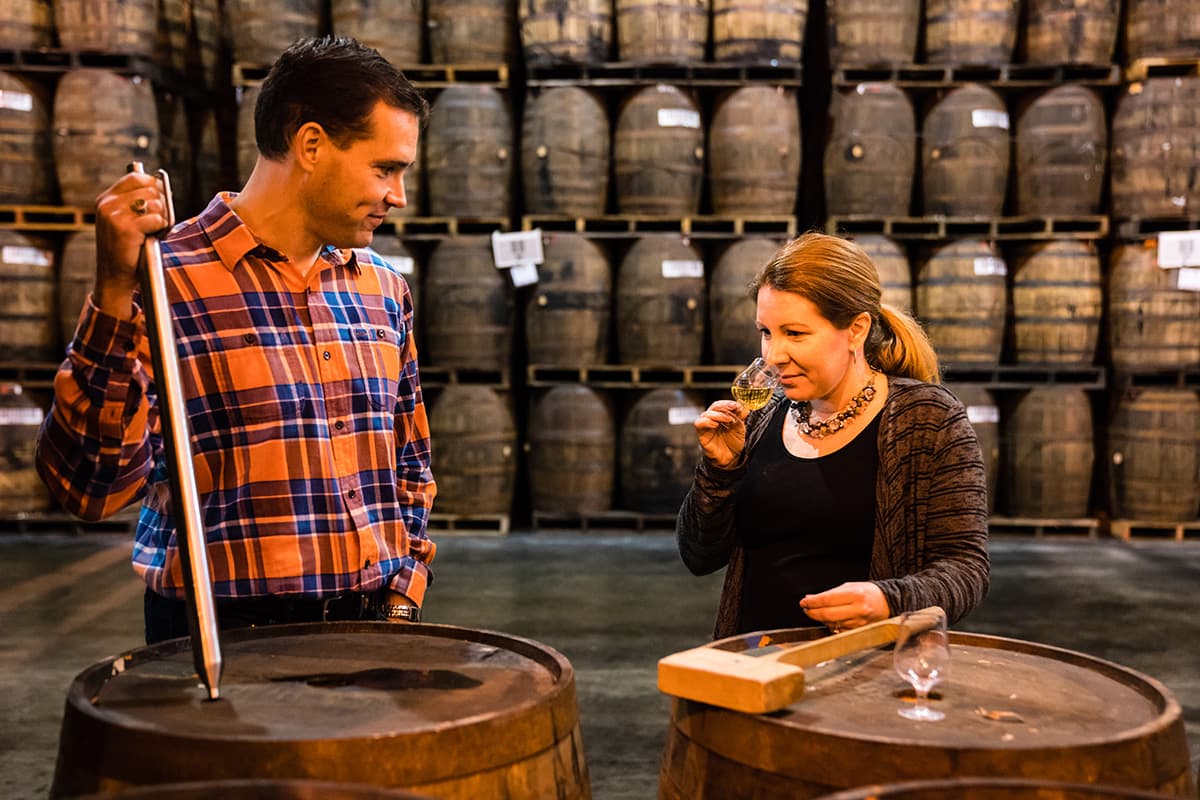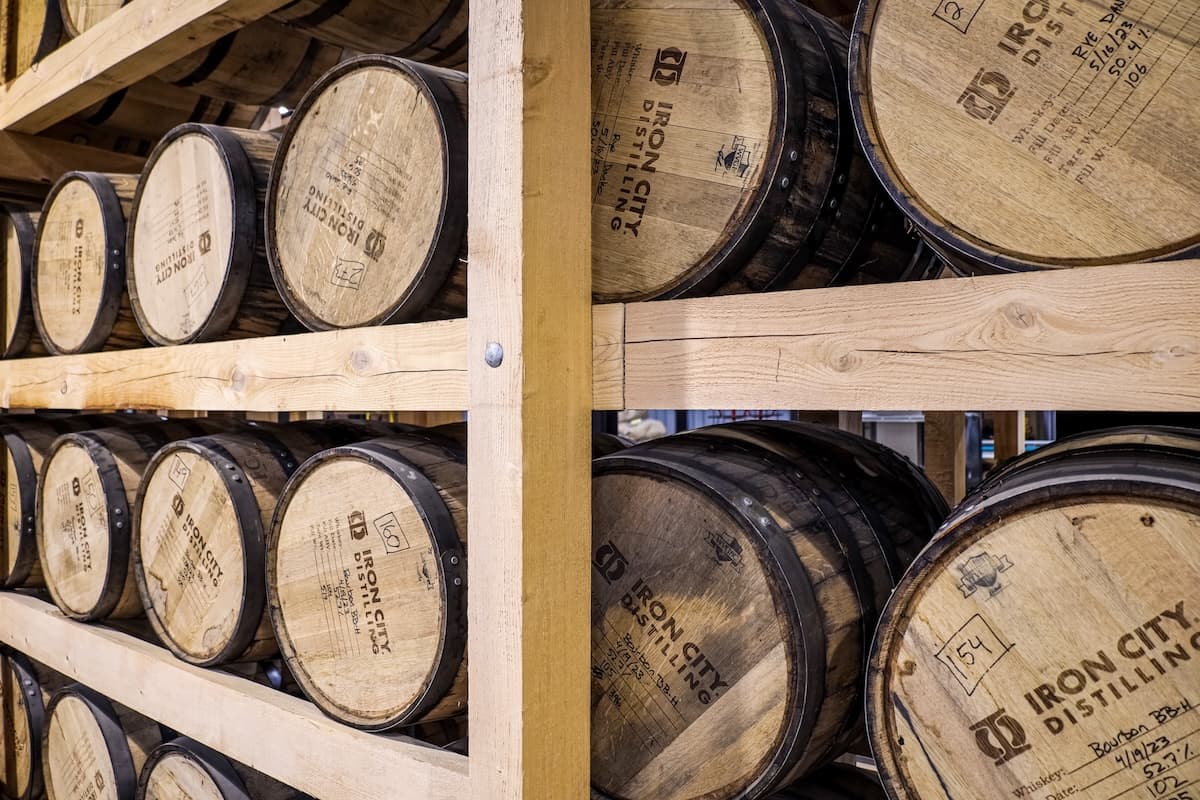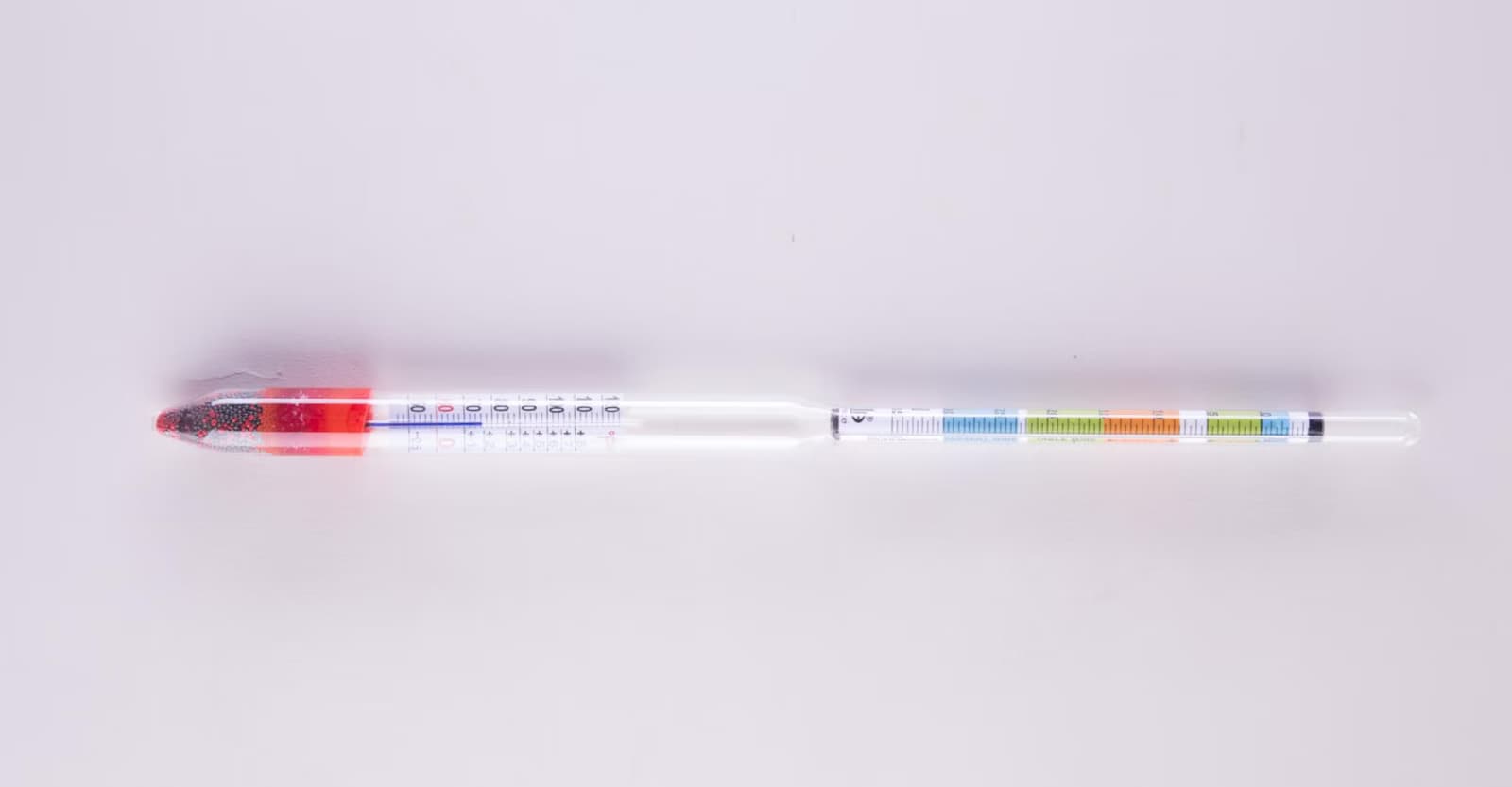
More Than a Number: Selecting the Right Bottle Proof for Your Spirit
ALL ACCESSThe strength at which distillers decide to bottle their products can have wide-ranging impact, from labeling laws to bartender preferences.
7 articles in this category

The strength at which distillers decide to bottle their products can have wide-ranging impact, from labeling laws to bartender preferences.

When it comes to diluting a spirit before packaging, deliberate slowness has a strong following among distillers. Yet there’s a lack of hard evidence to back up the approach—or to dismiss it.

As a distiller, you need to ensure that the water you’re using for dilution is helping, not harming, your products. Here’s what to know.

The available data around flavor impacts is unclear—even contradictory—but this much we know: Distilling a range of strengths for the barrels will give you a broader range of blending options.

There are multiple ways to accomplish the critical task of measuring alcohol content in the distillery. Here are four newer methods that are gaining popularity.

Properly gauging ethanol in a distilled spirit is essential to ensuring proper reporting and avoiding heavy fines from the TTB.

While ABV and proof are the most common methods for measuring spirit strength, they aren’t the only ones. Here’s a look at two alternative methods that you should know.